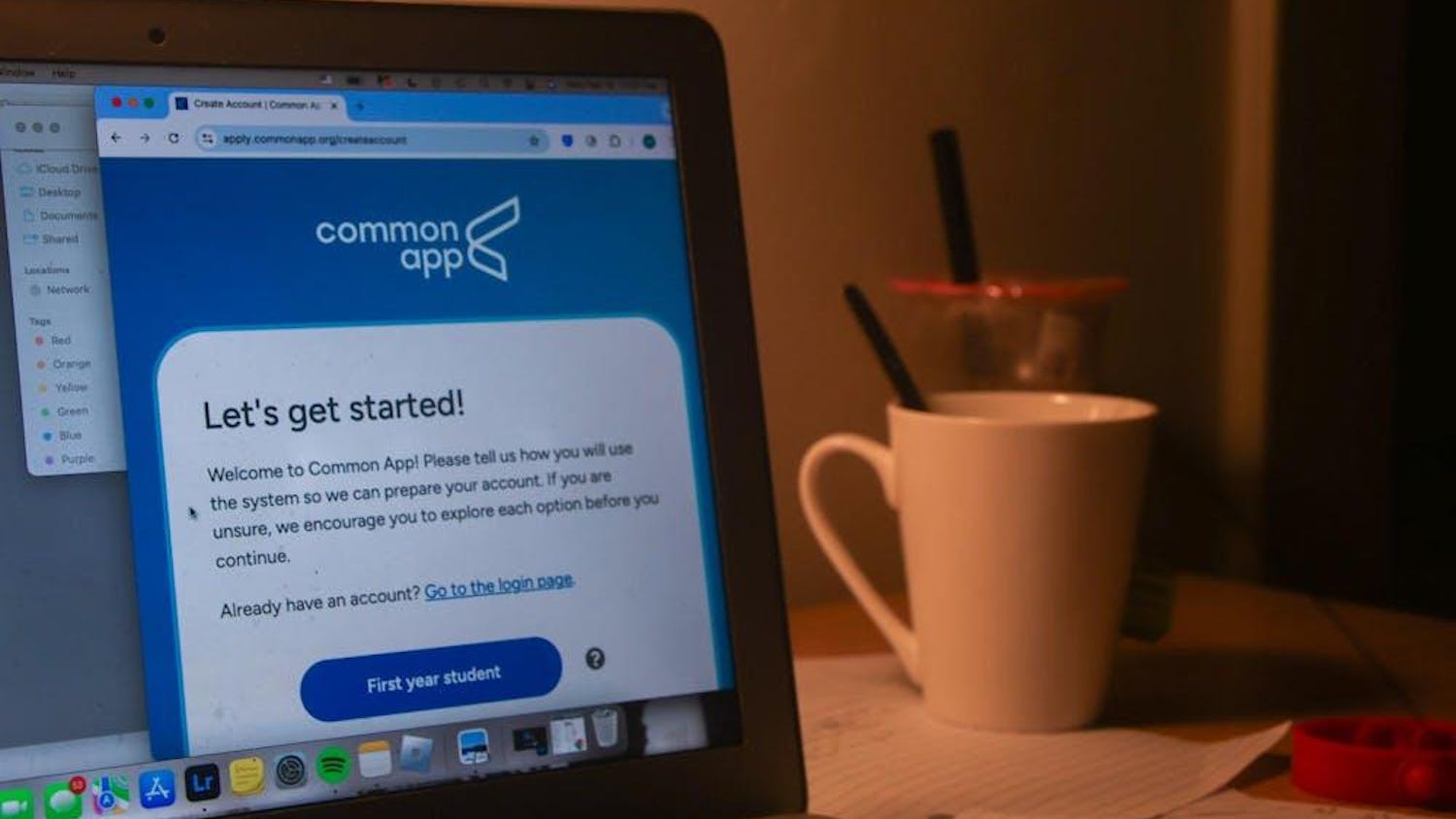Following the release of the 2018 Annual Report on the University’s Pathways to Diversity and Inclusion Action Plan, the Campus Access Advisory Committee has taken steps to restructure itself to increase student and faculty representation within the group.
The CAAC is charged with the responsibility to “review general issues of disability and make recommendations for the continuing education and awareness regarding these issues in the Brown community,” according to the committee’s website.
Since last semester, the CAAC has expanded the number of students participating in the committee to include “an undergrad, two graduate students and a medical student,” wrote Catherine Axe ’87, associate dean and director of Student and Employee Accessibility Services, in an email to The Herald. Axe, who cofounded the committee in 2004, is now a co-leader.
The addition of these members helps to ensure more consistent student attendance at the committee’s monthly meetings. “It helps for (students) to be attending consistently because there is a learning curve” to understanding ongoing accessibility projects, and “this way (students) know more about what’s going on and they can see projects over time,” Axe said.
Given that the University strives to serve students and construct a positive learning environment, student representation on the CAAC is essential to accomplish such goals, said Alex Parker-Guerrero GS, a student member of the committee. “The CAAC … (thinks) about how different spaces around campus can better serve students,” he added. “Students have a different understanding about how these spaces work and how they use (them) than the faculty do.”
The CAAC has also adjusted its methods to find new members by formalizing its recruitment process. For instance, the committee has worked to increase faculty representation by creating a “new faculty liaison group … to identify faculty that would be interested in the role,” Axe said. Previously, the CAAC invited faculty members who were known to be strong advocates for campus accessibility or had brought certain issues to the committee’s attention, she added.
In addition, the committee worked with the Graduate Student Council to create an official CAAC role for which students could be nominated, Axe said.
Besides internal changes, the CAAC has increased its interactions with individuals leading campus construction projects through formalized presentations and meetings. Now, the designers and managers for large University renovations “hear about accessibility concerns early in the design process and again as they approach the final details,” wrote Leah VanWey, associate provost for academic space, in an email to The Herald.
For instance, the CAAC recently met with the architect working on the University’s new performing arts center, Parker-Guerrero said. “We posed questions and feedback about how things could be more accessible for people who are on wheelchairs or who are hearing impaired,” he added.
Simultaneously, the CAAC continues to work on “day-to-day projects,” Parker-Guerrero said. “In one meeting we spoke to (Campus Safety) … about the issue of JUMP bikes and bird scooters being left on sidewalks,” which presents an accessibility hazard, he added.
The structural changes made to the CAAC follow a review mentioned in the 2018 DIAP annual report. The review sought to ensure that “disability-related progress is promoted among our community and that structures are in place to provide oversight, guidance and expertise on this process.”
The review examined the committee’s “composition, charge, process and reporting structure,” according to the annual report.
The holistic nature of the DIAP’s goals allows committees like the CAAC to have the “most significant impact in a thoughtful way,” Axe said.
“I read the central DIAP and from it took the initiative to work on changes” to the CAAC, she added. “This is all part of our efforts as a group to be thinking about how we can … reinforce the DIAP and support it.”
With the new changes, the CAAC has drafted a mission and vision statement to offer clarity in their ongoing work. “When we drafted it, we were looking at being very targeted and focused in our efforts and making sure we were not spreading ourselves among too many things,” Axe said.
The vision statement now articulates the CAAC’s goal that “all members and guests of the Brown community have equitable physical and technological access, enabling them to fully engage and participate with all the campus has to offer,” according to a draft of the mission statement reviewed by The Herald.





